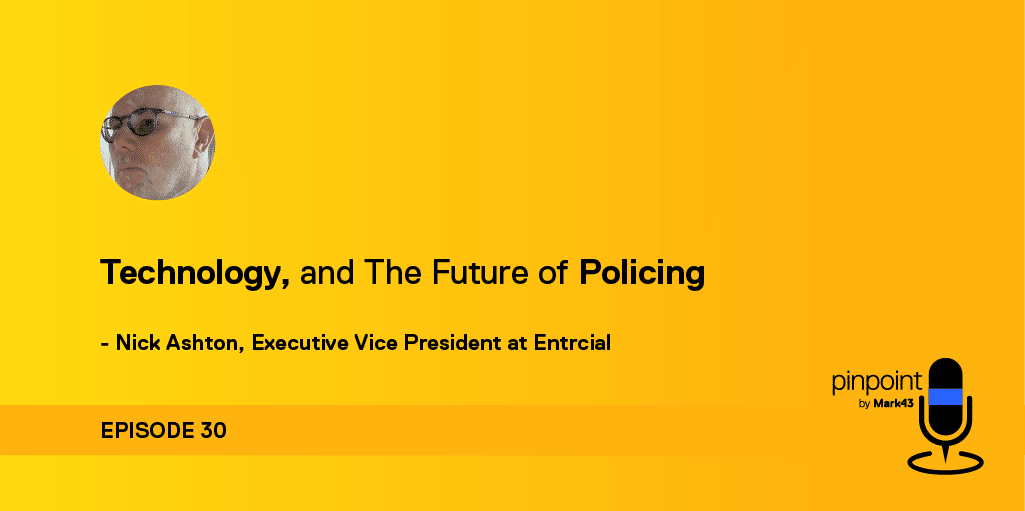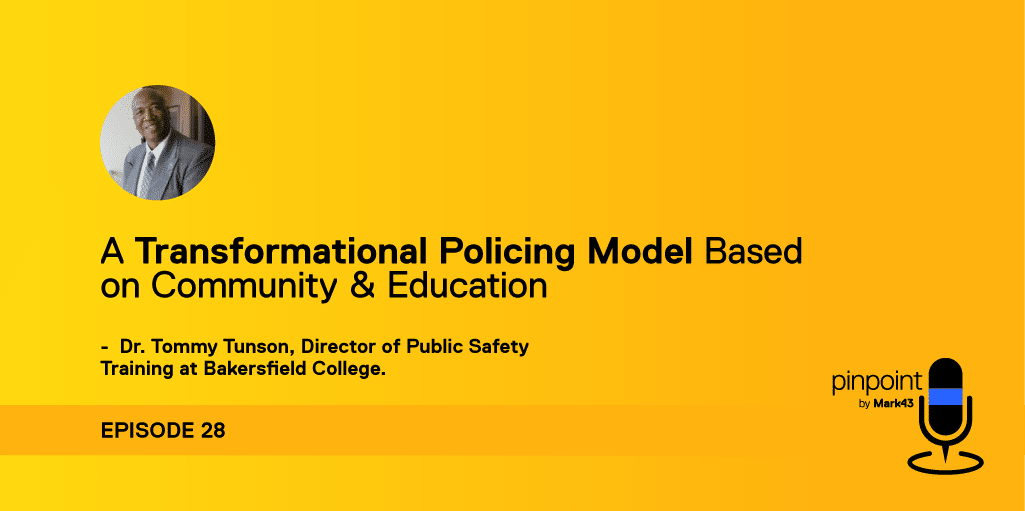
What was it like to be one of the emergency managers responding to the 9/11 attacks on the World Trade Center?
Well, Anthony Mangeri, who assisted with the coordination of New Jersey’s response to the attacks, came on the latest episode of the Pinpoint podcast to tell us all about it.
Anthony has over 30 years of experience in crisis management and public safety at the federal, state and local levels. He is currently Co-Founder and CEO of the Mangeri Group, which specializes in emergency planning and operations, community health and safety services, and clinical operations.
With extensive experience in safety and risk management, Anthony came on the show to share his experiences and to talk crisis communications and what it means to manage data and information sharing in crisis situations.
[popup_trigger id=”1576″ tag=”pinpoint”]
[/popup_trigger]
Transparency is the golden word
30 years ago, when there was a crisis, you had a window.
You had about a one hour block of time to deal with the crisis before the media showed up. At the time, they had this new technology, electronic news-gathering bands that allowed them to take video or audio and immediately transfer it back to somewhere for editing and broadcasting.
Today, everyone has that technology.
Which means that emergency managers no longer have that window.
If there’s a crisis, the media’s there.
And today, everyone’s media.
30 years ago, emergency managers might have focused on preparing for the media’s arrival. But thanks to technology, that focus has shifted.
Today, everything’s so readily available for everyone to see.
That means that in your crisis communications, transparency is key.
It has to be front and center.

We’re inundated with data…
Which is why, from an emergency operations perspective, you have to learn to filter all of that data available to you.
You need to be able to validate information quickly and interpret the data that’s coming at you, so the community can trust that what you’re telling them is accurate and will truly keep them safe.
Today, we can get a message out to the community through so many different means — social media, text, email, etc.
So, focus on your content.
Sift through the data to ensure what you’re putting out is clear, concise, and directional, designed to truly keep your communities safe.
It’s not about lights, sirens, and response

Emergency management isn’t about lights, sirens, and response.
It’s about planning, training, and building the capacity for response for that one moment when someone says “now.”
And while, planning is extremely important, logistics is even more essential.
You have to understand that a crisis will cost you personnel, time, money, or something else. You have to be prepared by knowing where your assets and resources are.
If you plan efficiently ahead of time, then you can get the personnel and resources necessary, minimizing the cost.
But if you don’t build that strategy ahead of time, it will cost you a lot because you’ll have to find those resources in the moment.
You have to make sure that when you’re building your strategies, you’re building an efficient, integrated, regional approach to crises.
Bringing calm to the chaos
An emergency manager is responsible for a lot of things.
They must stop the threat, assess the situation, and look at the unmet human needs. Then, they’ve got to meet those needs, while working towards both short and long-term recovery.
That’s a lot to juggle.
But, at the end of the day, bringing calm to the chaos is the most important task an emergency manager can do.
So, be transparent. Put in the effort to plan, and work out the logistics.
But at the end of the day, the most important thing you can do is simply bring calm to the chaos.
This blogpost was taken from a Pinpoint podcast interview with Anthony Mangeri, Co-Founder and COO of Mangeri Group.
For every episode, click here. Or, for Apple Podcasts users, you can also use this link.





